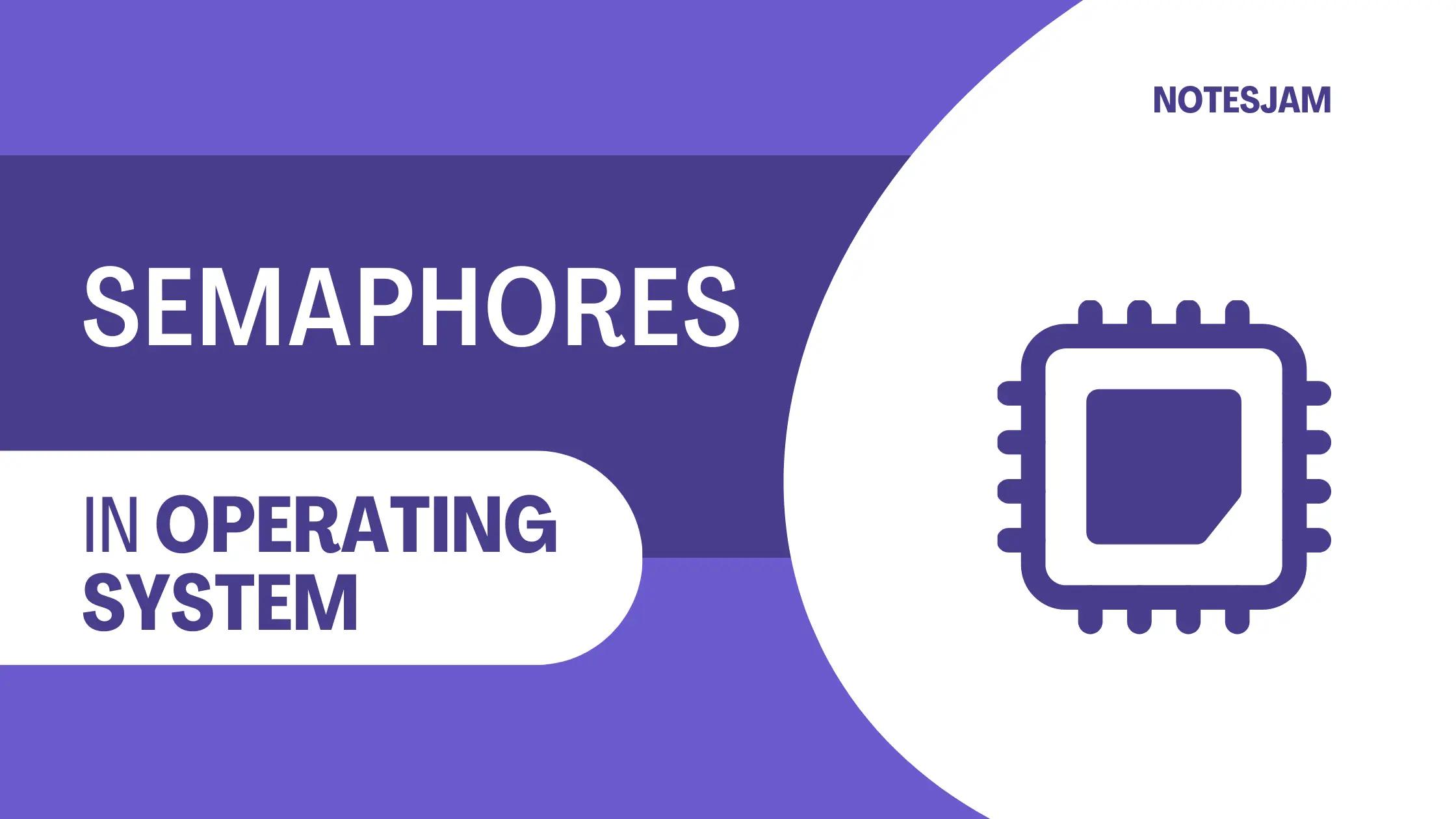Semaphore is a synchronization mechanism used in operating systems to manage access to shared resources between multiple processes. It was invented by Dutch computer scientist Edsger W. Dijkstra in 1965 and has since become a fundamental concept in operating systems.
In this article, we will explore what semaphores are, how they work, and their different types.
Table of Content
What are Semaphores?
In computing, a semaphore is a variable or an abstract data type that is used for controlling access to a shared resource. A semaphore is typically used to implement synchronization between different processes or threads.
A semaphore is essentially a counter that is used to keep track of the number of processes that are currently accessing a shared resource.
When a process wants to access the resource, it first checks the value of the semaphore. If the semaphore value is greater than zero, it means that the resource is available, and the process can access it.
In this case, the process decrements the semaphore value, indicating that it is currently using the resource. When the process is done with the resource, it increments the semaphore value, indicating that it has released the resource.
If the semaphore value is zero, it means that the resource is currently being used by another process, and the requesting process must wait until the semaphore value becomes greater than zero again.
In this case, the process is put on a waiting queue, and when the semaphore value is incremented, the first process in the waiting queue is awakened and given access to the resource.
How do Semaphores work?
Semaphores are implemented using two main operations: wait and signal. The wait operation is used to decrement the semaphore value and block the process if the semaphore value is zero.
The signal operation is used to increment the semaphore value and unblock any processes that are waiting on the semaphore.
The wait and signal operations must be atomic, meaning that they cannot be interrupted by other processes or threads. This is typically achieved by disabling interrupts during the execution of these operations.
Types of Semaphores
There are two types of semaphores: binary and counting.
Binary Semaphores
Binary semaphores are also known as mutexes (short for mutual exclusion). A binary semaphore can only take on two values: 0 and 1. A binary semaphore is typically used to control access to a shared resource that can only be used by one process at a time.
When a process wants to access the resource, it first waits on the binary semaphore. If the semaphore value is 0, it means that the resource is currently being used by another process, and the requesting process must wait until the semaphore value becomes 1.
If the semaphore value is 1, it means that the resource is available, and the requesting process can access it by decrementing the semaphore value to 0.
When the process is done with the resource, it increments the semaphore value to 1, indicating that it has released the resource.
Counting Semaphores
Counting semaphores can take on any non-negative integer value. A counting semaphore is typically used to control access to a shared resource that can be used by multiple processes simultaneously.
When a process wants to access the resource, it first waits on the counting semaphore. If the semaphore value is greater than 0, it means that the resource is available, and the requesting process can access it by decrementing the semaphore value.
When the process is done with the resource, it increments the semaphore value, indicating that it has released the resource.
Counting semaphores can be used to implement various synchronization mechanisms, such as barriers and reader-writer locks.
Conclusion
In conclusion, semaphores are a powerful synchronization mechanism that is used in operating systems to manage access to shared resources between multiple processes.
Semaphores come in two types: binary semaphores and counting semaphores. Binary semaphores are used to control access to resources that can only be used by one process at a time while counting semaphores are used to control access to resources that can be used by multiple processes simultaneously.
Semaphores are essential for preventing race conditions and ensuring mutual exclusion in concurrent programming. They provide a way for processes to coordinate their access to shared resources, avoiding conflicts that could lead to data corruption or other synchronization problems.
However, the use of semaphores can also introduce additional complexity and potential issues in code. Deadlocks and livelocks can occur if semaphores are not used correctly or if there are errors in the implementation of the wait and signal operations.
Overall, semaphores are a critical component of modern operating systems and concurrent programming.
They provide a powerful tool for managing shared resources and ensuring proper synchronization between processes, but they must be used with care and attention to avoid potential issues.
I hope this article helps you understand Semaphores in Operating Systems.
